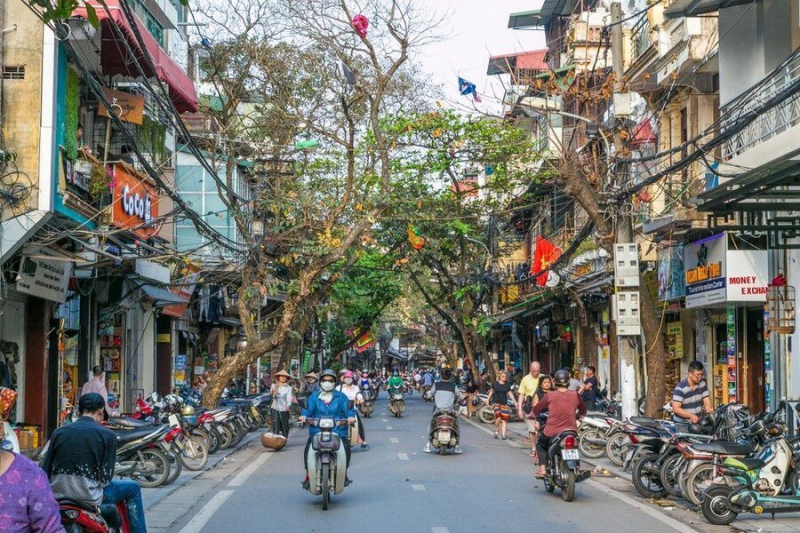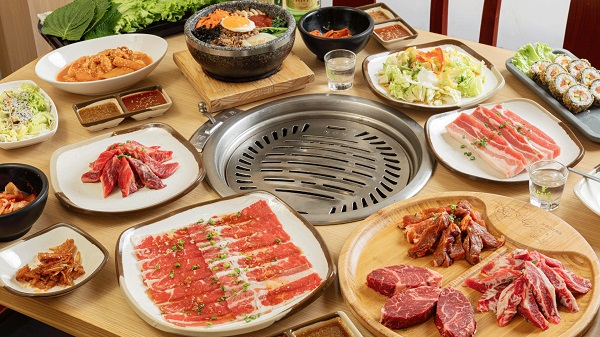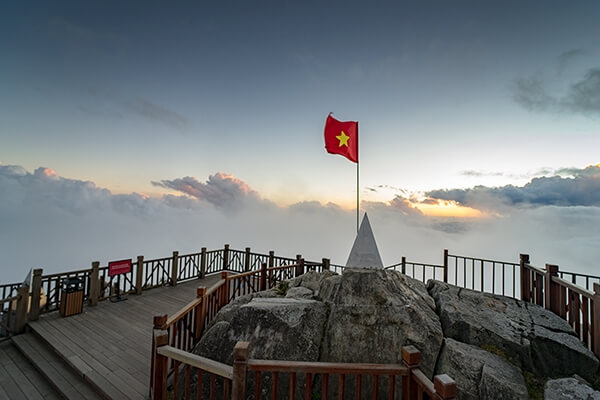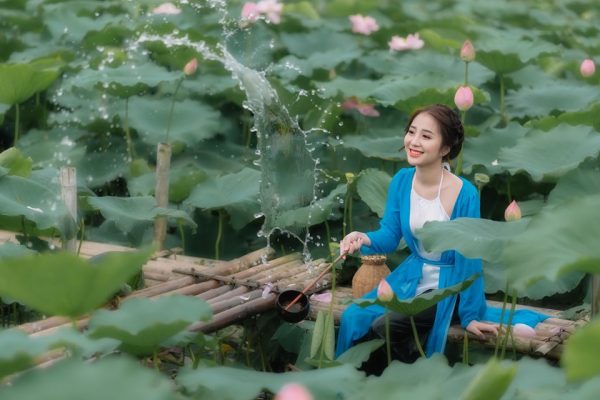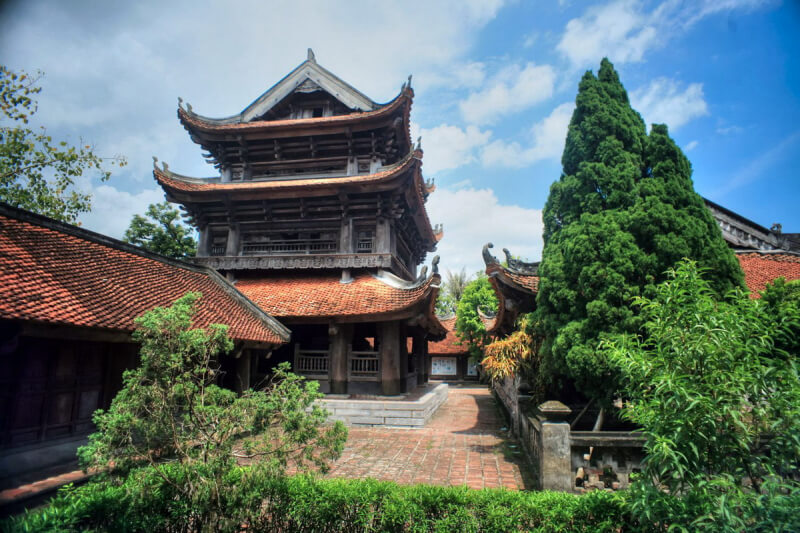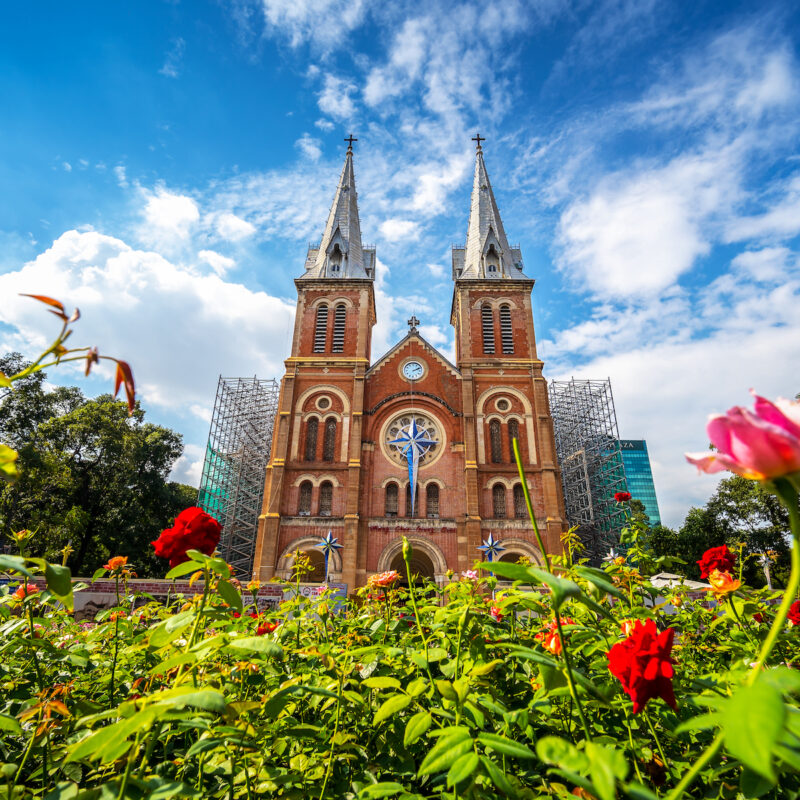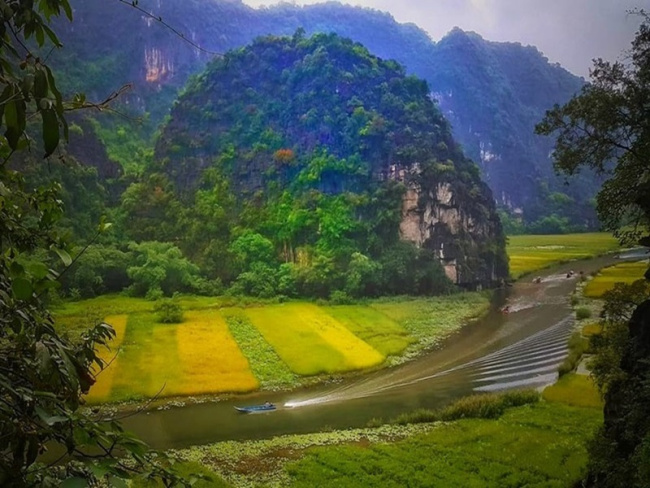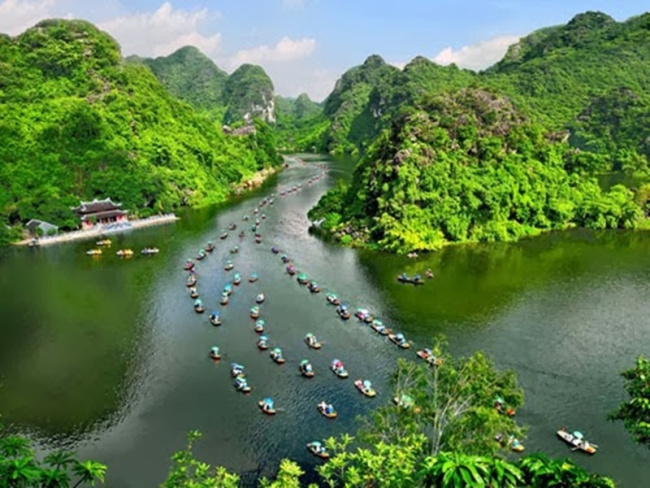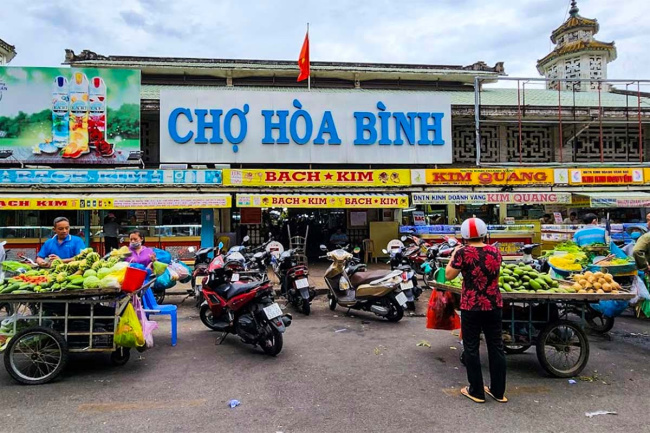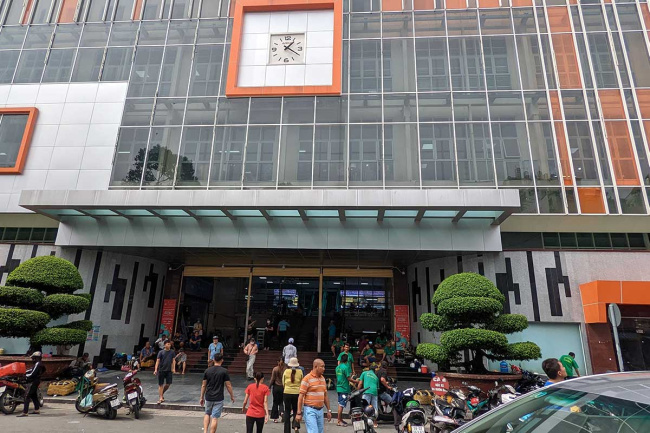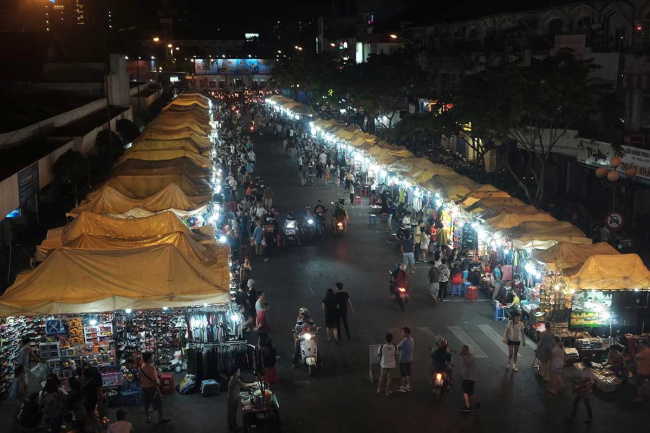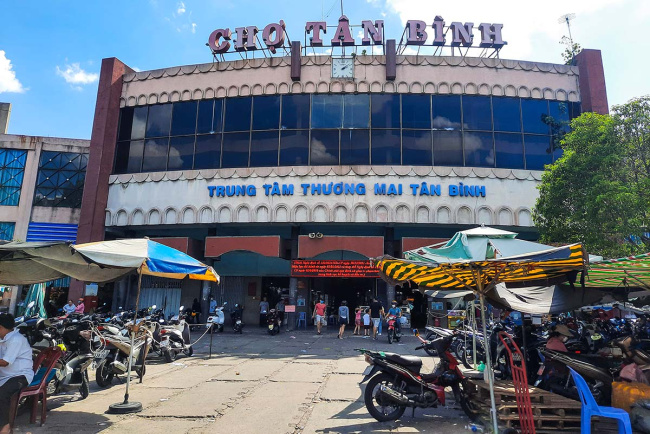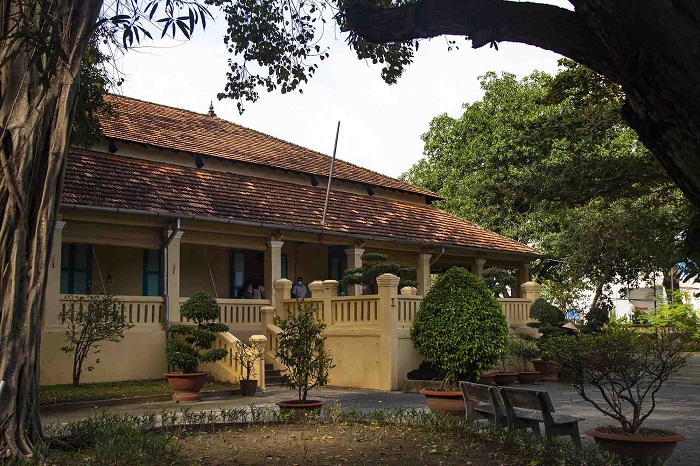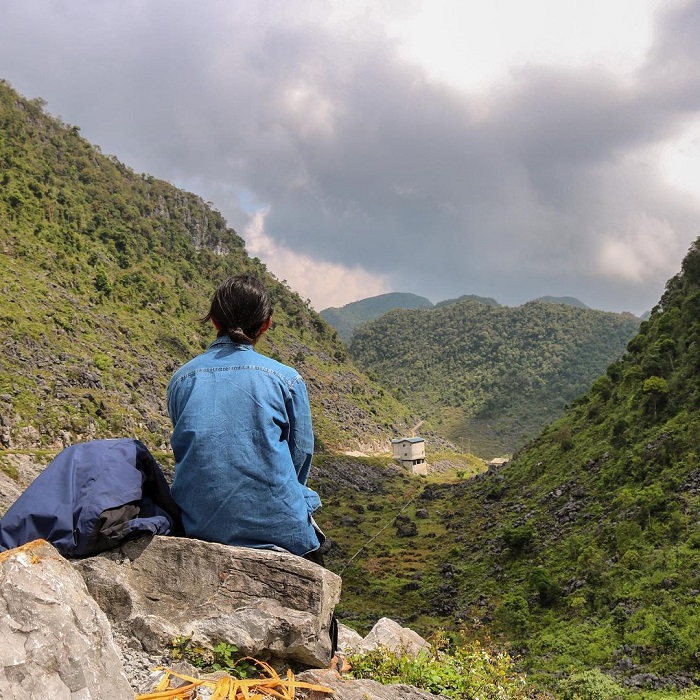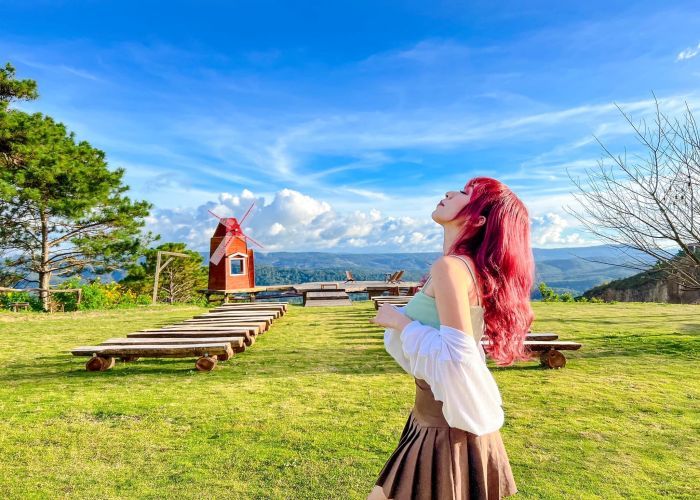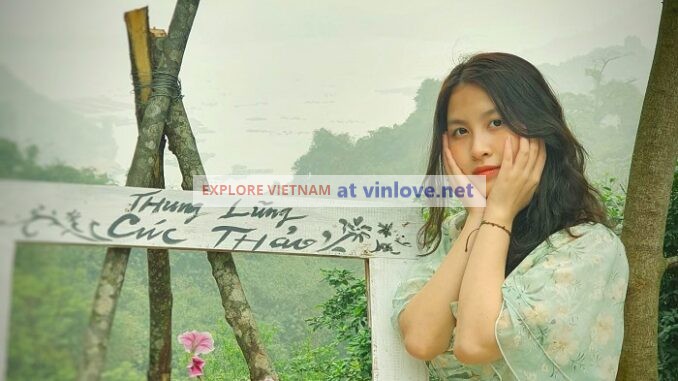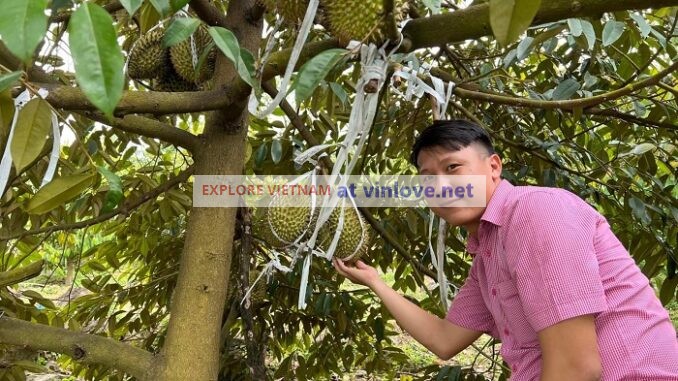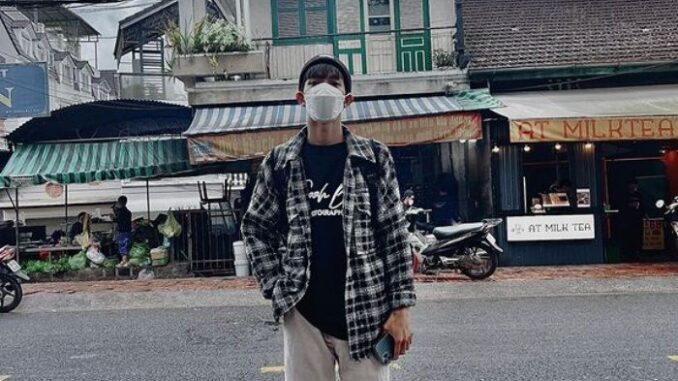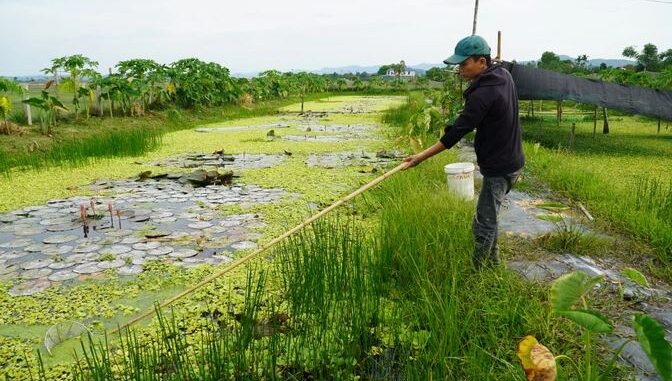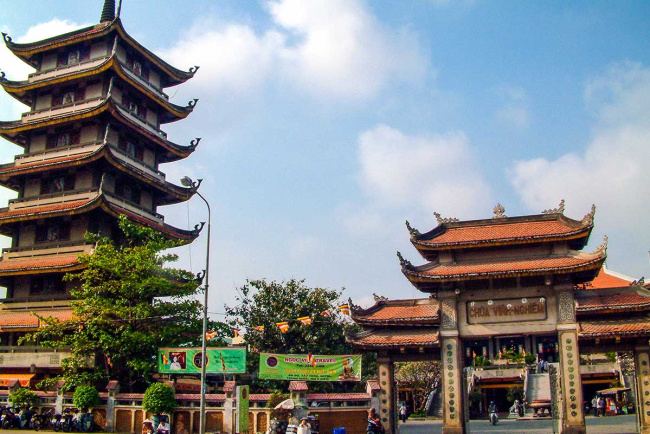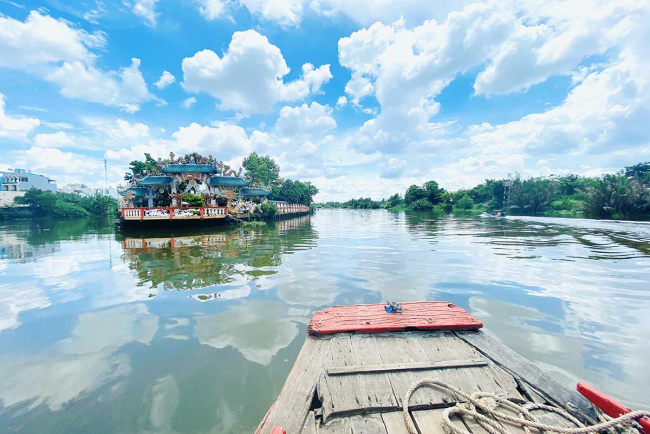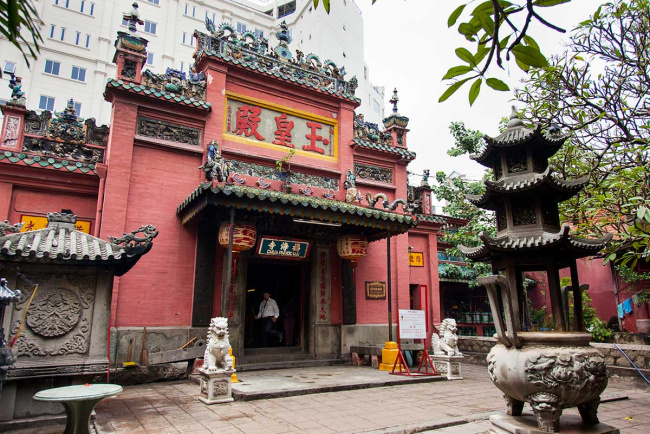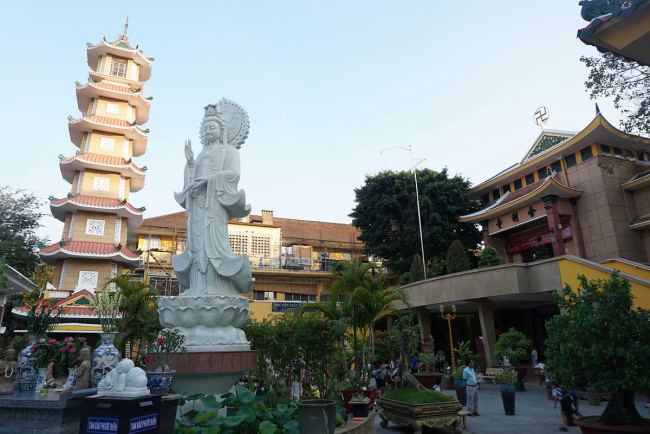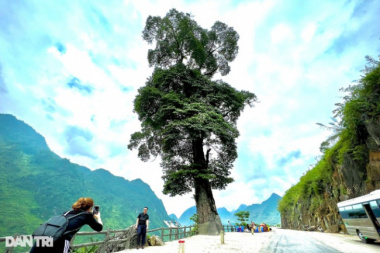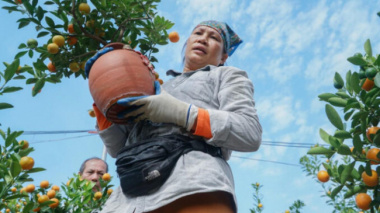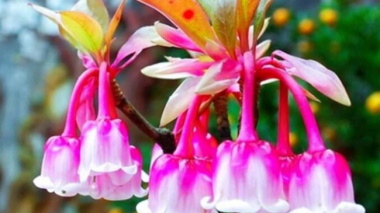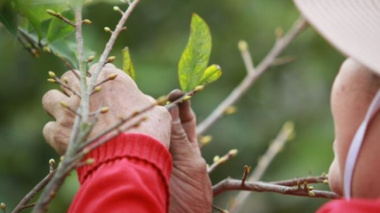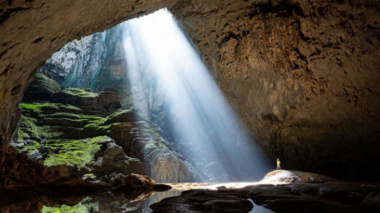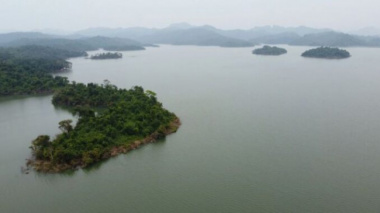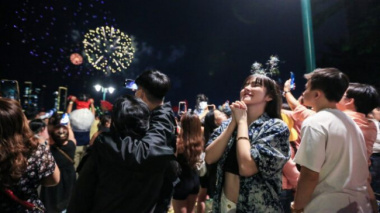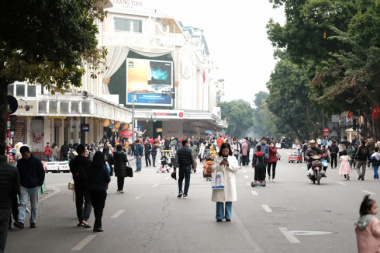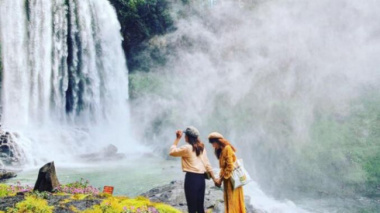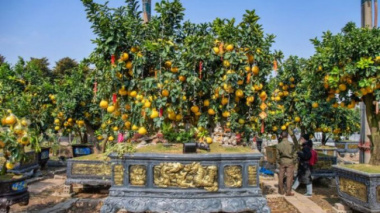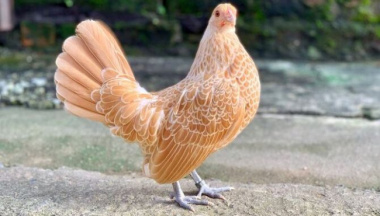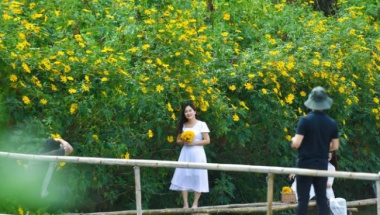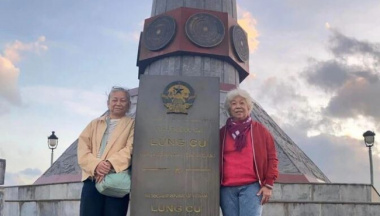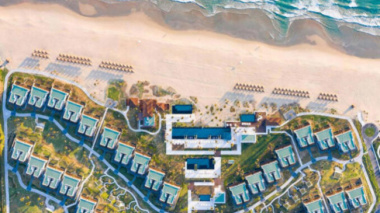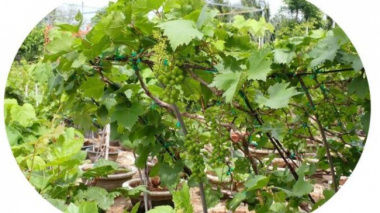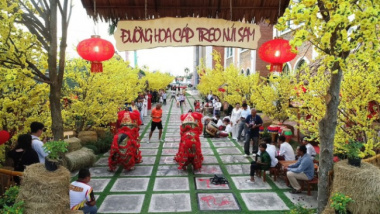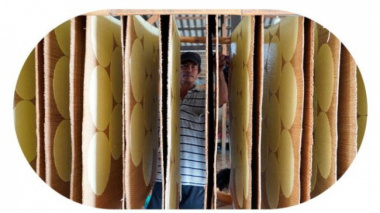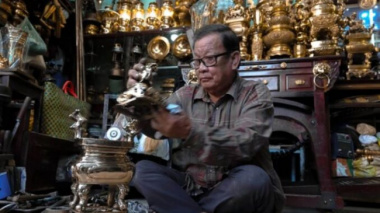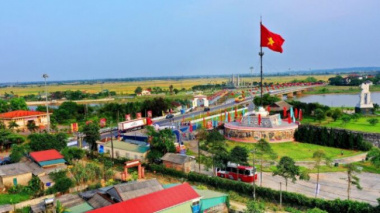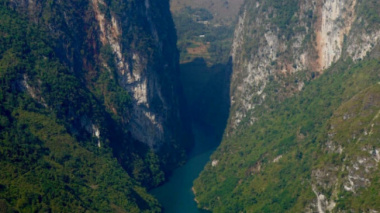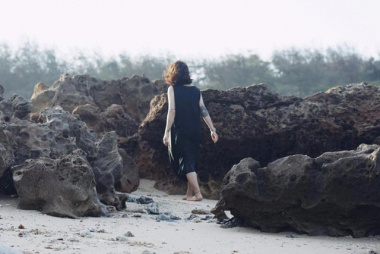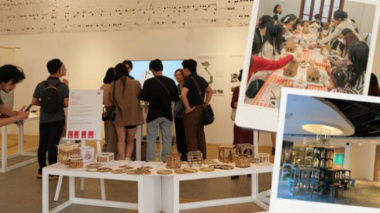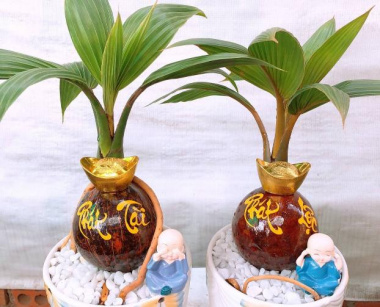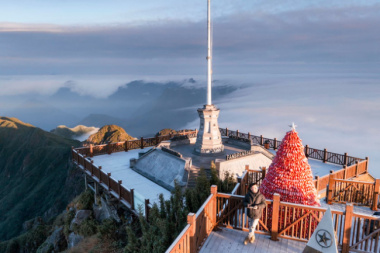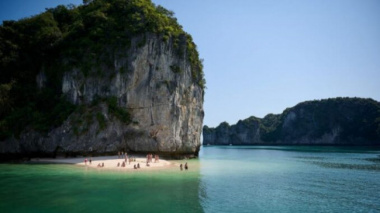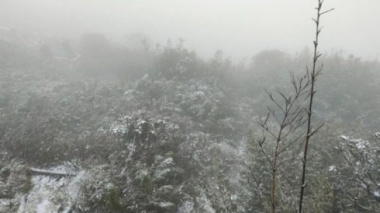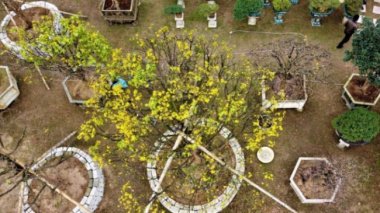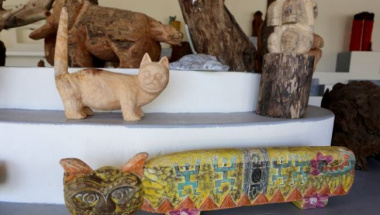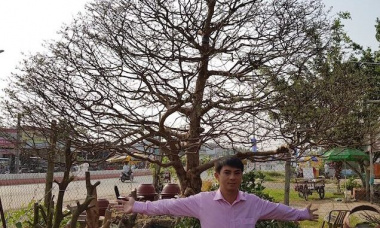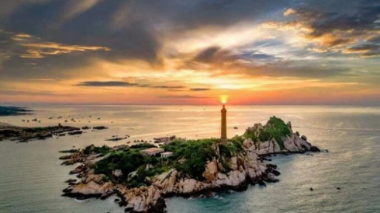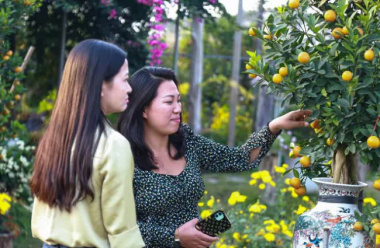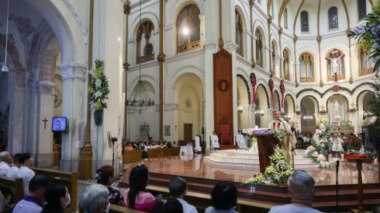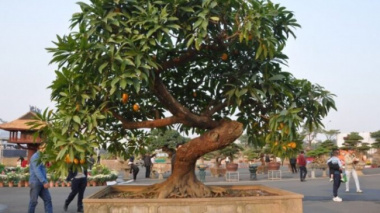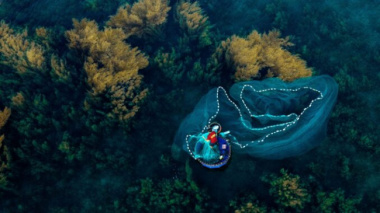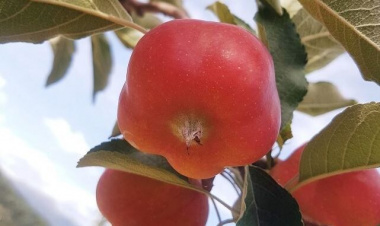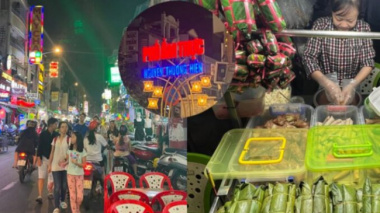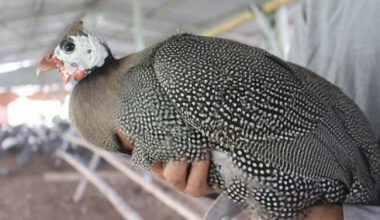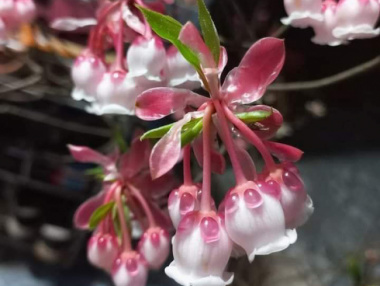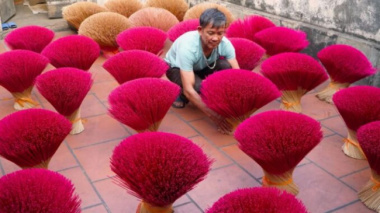Japanese Covered Bridge – Hoi An
One of the most iconic structures located in Hoi An’s Old Town is the Japanese Covered Bridge. Steeped in mystery and legend, this structure was created as a symbol of unification between the many cultures that inhabited the area.
A site that has served Hoi An’s residents for centuries, the Japanese Covered Bridge is home to two statues as well as a shrine and can be visited day or night.
History of the Bridge
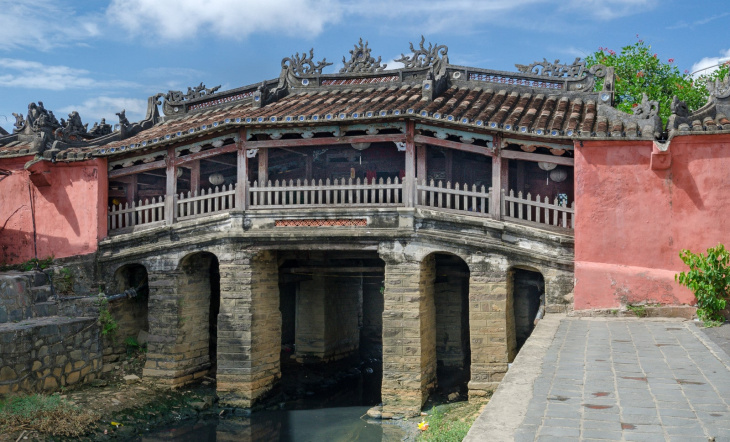
The bridge is covered in intricate details. Photo: xiquinhosilva
While the Japanese Covered Bridge’s date of construction is unknown, similar to the identity of the architect, most estimates place its origins around 400 years ago, between 1593 and 1617. Gaining fame throughout the centuries, the bridge has achieved an iconic status in not only Vietnam but also throughout Southeast Asia as a whole.
Situated in the Old Town of Hoi An, the bridge was constructed with Japanese inspiration in mind, as their influence on the town’s port helped bring prolonged economic prosperity to the area. Furthermore, some of the mysterious architect’s other creations can also be seen throughout the town.

Green lights on the bridge. Photo: Pablo Gonzalez
Literally bridging together Hoi An’s Japanese and Chinese communities, the Japanese Covered Bridge served as a symbolic gesture of harmony between the two nations.
Shrines
Having undergone numerous renovations over the years, the Japanese Covered Bridge is bookmarked by a statue of a dog and a monkey. According to legend, these two animals were chosen because the bridge was constructed in the year of the dog and completed in the year of the monkey.
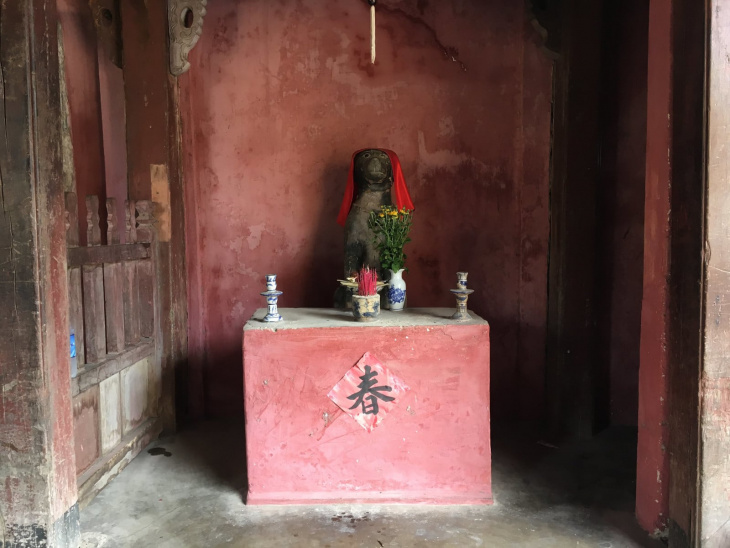
The dog statue at the bridge. Photo: Kars Alfrink
Inside the bridge sits a shrine to the northern God Tran Vo Bac De, who commands the weather and the tides. Sailors make sure to pay homage to this god as his powers have substantial importance for their livelihoods. One notable and interesting fact about this bridge is that it doesn’t have a statue of Buddha, a testament to its rich and diverse history.
Visiting
The Japanese Covered Bridge can be found in the western end of Hoi An’s Old Town. To help protect its structural integrity, only 20 visitors are allowed to cross it at any one time.
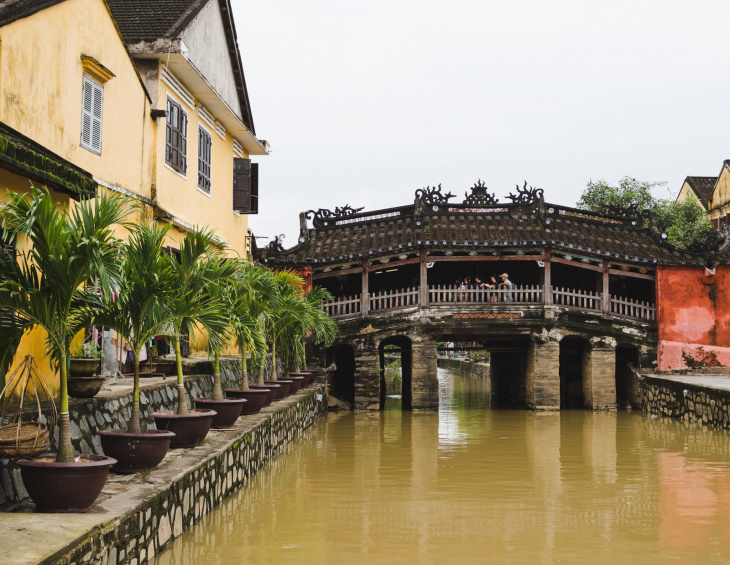
Japanese Covered Bridge. Photo: Adam Hinett
A coupon is required to traverse the bridge, but the fee is minimal and allows to explore other historic locations in Hoi An’s Old Town. Quirky cafes and unique art galleries adorn its surrounding streets, providing visitors with an immersive cultural experience into the past and present of Hoi An.
As stunning today as it was over 400 years ago, the Japanese Covered Bridge is one of Hoi An’s true gems. It has been a constant presence in the area’s history and will continue to transport people for generations to come. While it may not be the most high-tech tourist attraction in Vietnam, it’s certainly one of the most beautiful and enduring!

The bridge illuminated with blue lighting. Photo: katiebordner
Details
Address: Nguyễn Thị Minh Khai, Phường Minh An, Hoi An, Quảng Nam, Vietnam
Season: Year-Round
Admission: Minimal cost coupon
Constructed: 1590s
Đăng bởi: Dương Tùng Hoàng


